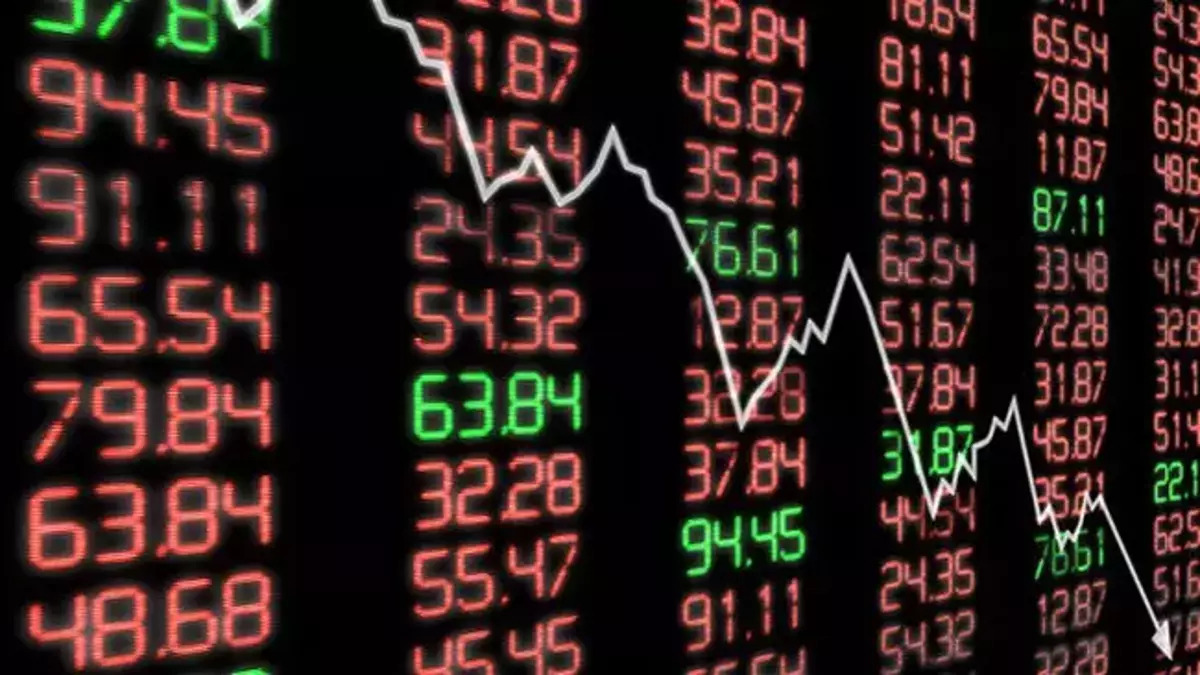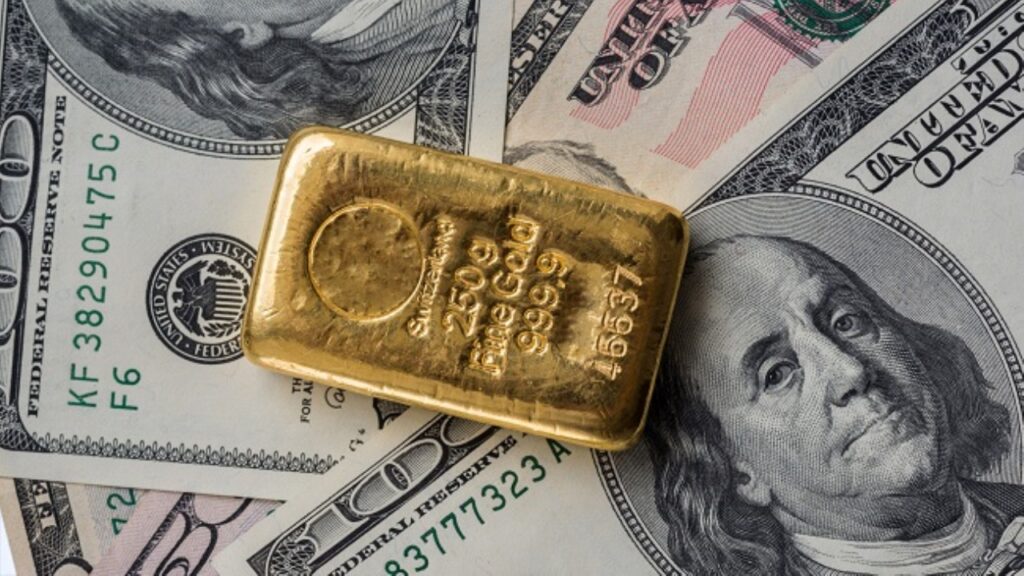Gold prices rose on Wednesday as the dollar pulled back from a one-month high after Federal Reserve Governor Jerome Powell failed to return to a more hawkish stance despite a stronger-than-expected jobs report last week. Analysts interpret the market and share their forecasts.
“There was no significant implication for gold from Powell’s comments”
Spot gold was trading at $1,882, up 0.57% at press time. U.S. gold futures rose 0.56% to $1,895. Hareesh V, head of commodity research at Geojit Financial Services, comments:
Gold prices had already corrected from last week’s positive economic announcement, so yesterday’s comments from Powell did not yield any significant implications for gold. Traders watch the dollar’s performance and the global economic situation for direction while waiting for new clues.
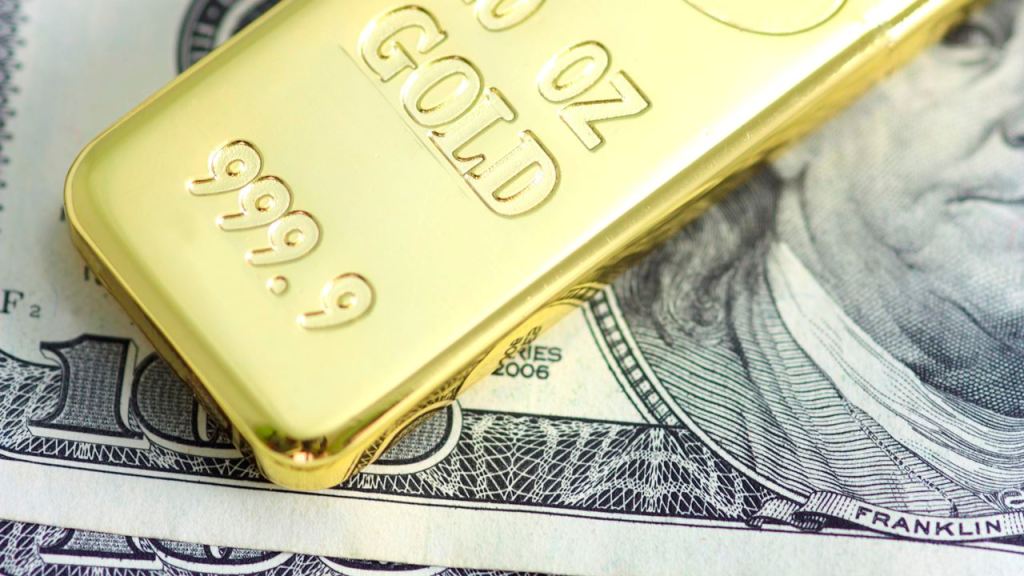
“Gold needs more corrections”
cryptocoin.com As you follow, Jerome Powell reiterated on Tuesday that inflation has started to decline. But he warned that last week’s blockbuster jobs report showed why fighting inflation “will take some time” and interest rates may need to move higher than expected. After Powell’s statements, the dollar index fell from a one-month high, and the gold price rose.
Meanwhile, Minneapolis Fed Chairman Neel Kashkari said the Fed will likely need to raise interest rates to at least 5.4% to rein in high inflation. Market participants predict that interest rates will rise above 5% in May. Daniel Pavilonis, senior market strategist at RJO Futures, comments:
We can go a little higher, but ultimately I think we need to make more corrections. Also, this uptrend is just a pause. Fed officials John Williams, Michael Barr and Christopher Waller will talk throughout the week about continuing to fight inflation, which will boost yields.
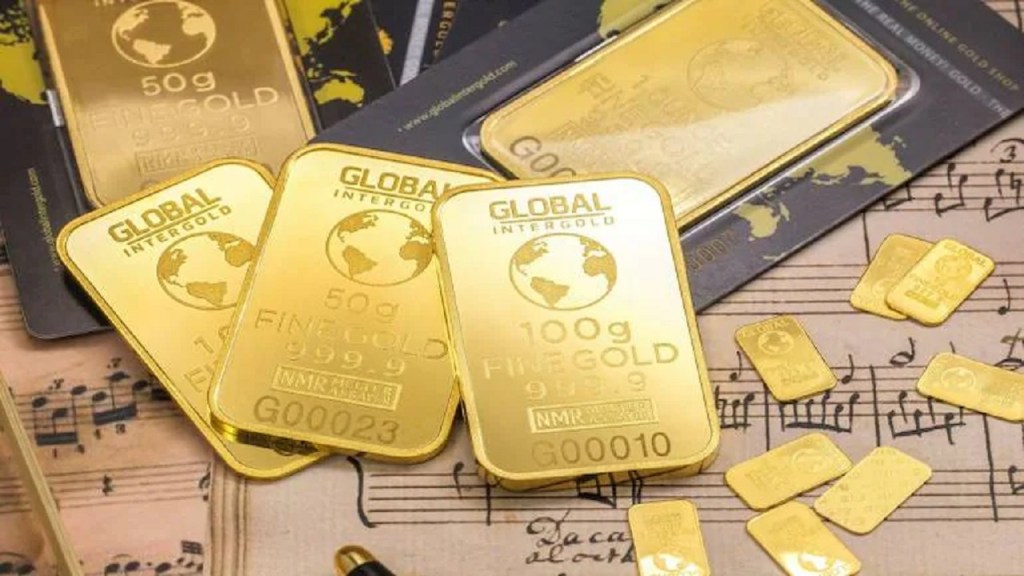
“Yellow metal will hit record highs this year, but…”
Analysts at Commerzbank forecast gold prices to be $1,850 by mid-year and $1,950 by the end of 2023. According to StoneX, gold will appreciate by about 14% by the end of 2023 and the precious metals sector will perform well this year.
StoneX analyst Rhona O’Connell says that despite taking some profits recently, gold’s setup has been pretty bullish. According to O’Connell, the US dollar outlook, geopolitical tensions, stagflation concerns and a spike in central bank gold purchases will push prices to record highs in many currencies, including the US dollar. StoneX’s year-end gold price target is $2,070 per ounce, up 14.2%. O’Connell states that this will mark a new record in US dollars, but not in real terms. She makes the following statement in this context:
Gold will hit record highs in dollars and major currencies this year. But not in real terms. While nominal records are possible, a price target of $2,075 restated by the US CPI would be 34% below January 1980. Historically, real prices have performed better when inflation was seen as a threat. But now we have a monetary policy.
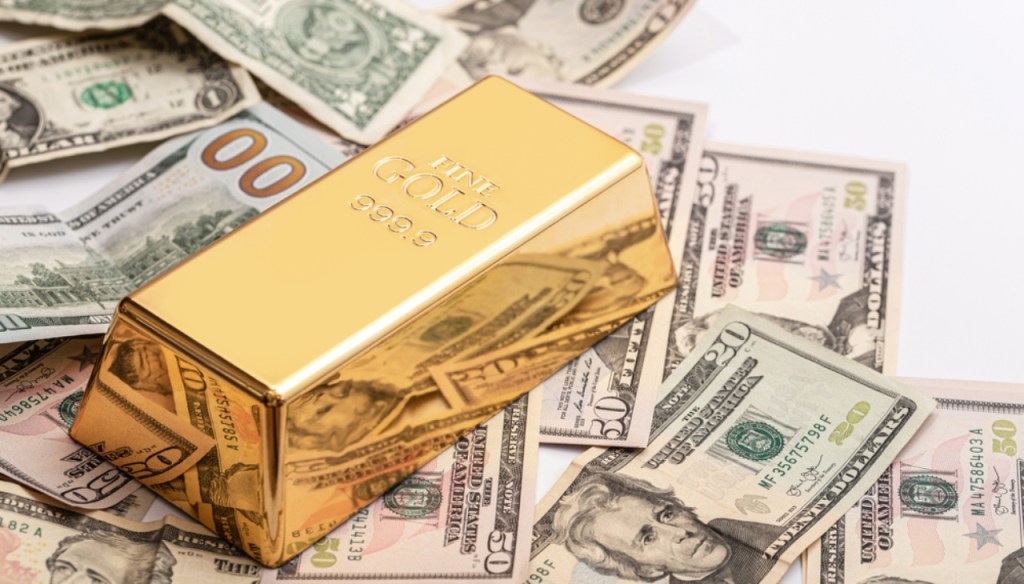
“Gold plays a big role here”
One of the main reasons for the rise in gold is the loosening of long US dollar trading. O’Connell shares this assessment:
Long dollar trading is easing and liquidity in the system seeks new slots. There is clearly a professional position in the gold market in anticipation of a Fed reversal earlier this year. And investors who always want to be ahead of the game are turning to gold. We can also see tangible changes in money positions managed by the CFTC.
Geopolitical tensions and global uncertainty are pushing more players, especially central banks, to gold. “Global bifurcation likely continues to diversify from countries, while others are sucking gold for risk aversion and credibility in international markets,” O’Connell says. The analyst also notes that one of the other factors cited by the World Gold Council as the reason for the central banks’ bullion purchases is its role in the crisis.
Central banks tell a story, and gold plays a big role here. WGC released a report last week showing that central banks purchased 1,136 tons of bullion, the highest level since 1967. “With these purchases, central banks are saying they don’t like the level of risk in the global economy,” O’Connell says.





